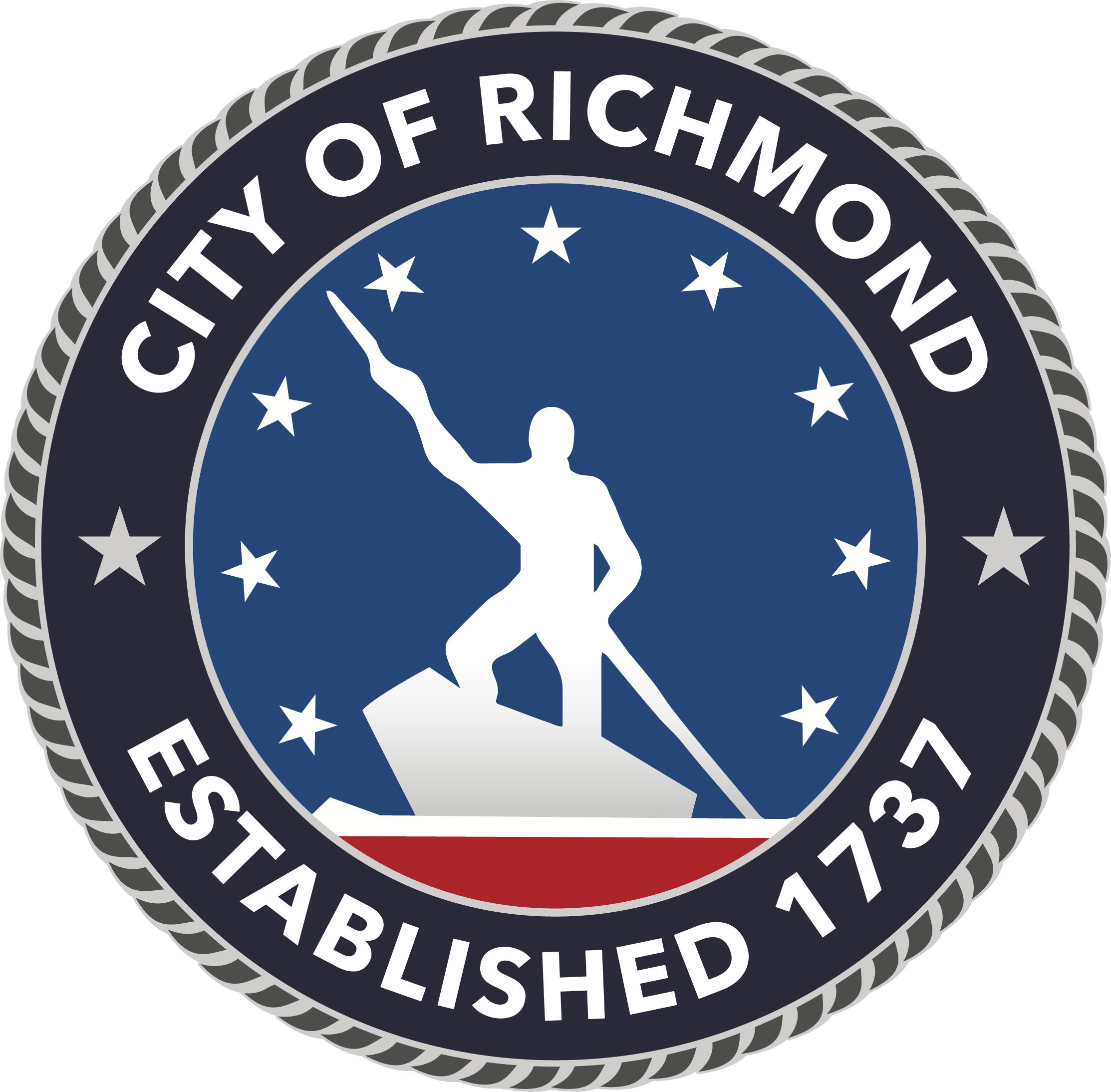The City of Richmond Department of Parks, Recreation, and Community Facilities (PRCF) has received funding from the National Oceanic and Atmospheric Administration (NOAA) Bay Watershed Education and Training (B-WET) program. These funds will support a two-year project called The Richmond Environment: Students as Teachers in Their Watershed (REST) whose primary objective is to give Richmond Public School (RPS) students a greater understanding and sense of ownership of their local watershed. The project’s key partners, James River Park System, Alliance for the Chesapeake Bay, and RPS, will engage our community as a whole to develop an Environmental Literacy Plan (ELP) for RPS that is rooted in environmental justice and is specific to this unique urban landscape, fraught with historic inequity and gifted with wild land.
“We’re thrilled that this funding will continue the work of making environmental literacy part of every public school student’s education in Richmond,” says Chris Frelke, Director of PRCF. “This project aligns with Richmond’s existing initiatives to improve the health of each City resident through access to green spaces.”
Working closely with students, teachers, and community members, the key partners on this project will create an ELP for the entire RPS school district rooted at the hyper-local level that centers black and brown voices that have historically been suppressed throughout Richmond. This kind of comprehensive planning document will positively impact science education for all 24,000 RPS students in the years to come, seeking to determine what environmental literacy and justice mean for our community.
"We are excited at the scale and depth of work proposed by the REST Planning Team and specifically their commitment to advancing diversity, equity, inclusion, and justice through the development of their Environmental Literacy Plan," said Elise Trelegan, B-WET Program Coordinator from the NOAA Chesapeake Bay Office. "Environmental Literacy Plans are an important strategy for documenting and codifying where environmental education experiences and teacher professional development occur as well as how partners support those efforts."
This project foregrounds the City of Richmond as a regional leader in 21st century environmental education. We are excited about the work ahead, and look forward not just to the next two years, but to a long future continuing our support of RPS as they give students knowledge and skills to spur them to civic action.
For more information about the department, follow PRCF on Facebook, Twitter and Instagram.







